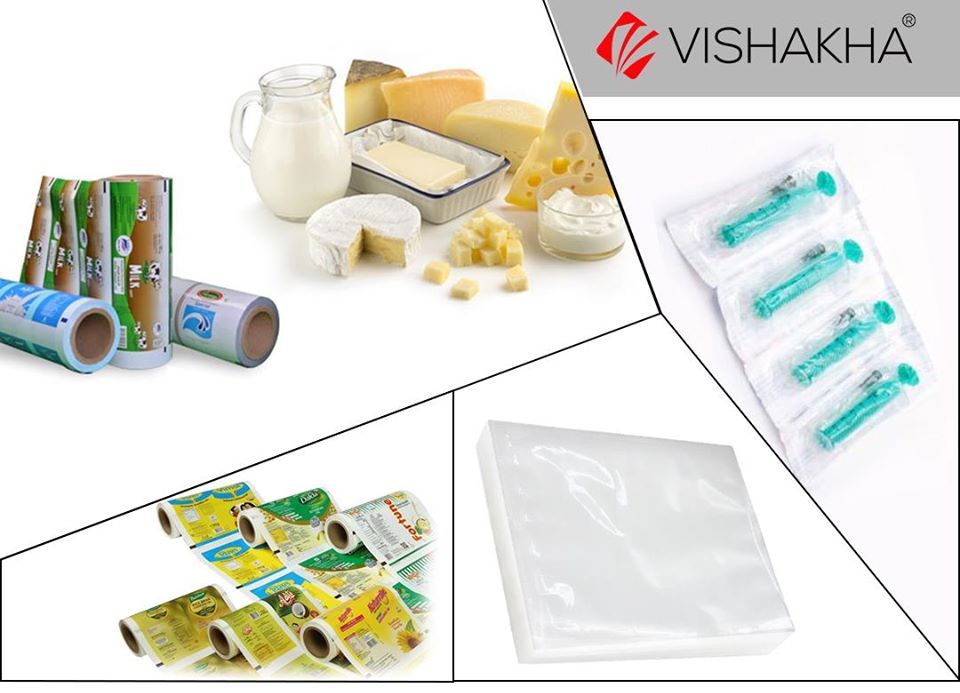If you are considering flexible packaging for your product, you will want to consider Rollstock, Stand-up pouches, and Paper-based solutions. Here are some of the advantages of each type of flexible packaging. You can use these products for all types of packaging needs, including food and beverage. In addition, flexible packaging solutions can be custom-engineered to offer a wide range of properties, including puncture and chemical resistance. Listed below are three of the most popular types of flexible packaging:
Rollstock Packaging
Printed rollstock, also known as flexible laminated packaging roll stock, is a versatile film that is suitable for vertical, horizontal, and in-line pouch machines. Its properties include chemical and puncture resistance and a high level of bulk and toughness. In addition, laminated rollstock can be customized to meet your product specifications. Read on to discover the many benefits of using laminated roll stock in your packaging process.
The film used to protect meat is usually made of roll stock, which is a transparent film that protects the product from contaminants. As plastics and technology continue to improve, rollstock packaging becomes an increasingly important part of our lives. Whether it’s frozen food products, candy bars, or even gourmet coffee grounds, it can meet or exceed your needs.
Stand-up Pouches
Stand up pouches are an excellent example of flexible packaging. With multiple display and closure options, these pouches can be customized to meet any needs. With stand up pouches, your product can be displayed in a highly visible location. Additionally, you can print your company logo or message on the pouch to increase brand recognition. Regardless of the product you’re packaging, stand up pouches can help you create brand loyalty.
The Black Stand-Up Pouch with Window offers a high-barrier barrier, and is made of quality, heavy-duty plastic. It also features a reclosable zipper and tear notch. This pouch also features a one-way degassing valve to ensure product freshness. This is the ideal packaging solution for products up to five pounds. Unlike the traditional stand-up pouch, gusseted pouches are ideal for packaging a variety of products, such as dried fruit and snacks.
Pet food Flexible Packaging
A flexible packaging solution for pet foods is the ideal way to display and protect food. These pouches come in a variety of sizes and can accommodate single dose portions, bulk cases, and larger dogs. Additionally, they can be fitted with a closing zip to help maintain freshness. For more information about flexible packaging for pet food, visit https://vishakhapolyfab.com/ . While the flexible packaging solution is a great choice for pet food distribution, it is not necessarily the best choice for every application.
Today, consumers are more discerning than ever when choosing a packaging solution for their pet food. They want to see clear, easily read print that conveys nutritional information. Because pet owners take their pets’ health seriously, premium brands are introducing higher quality ingredients. In addition to expanding their premium and specialty offerings, new SKUs are hitting the shelves of mass grocery stores. To meet the demand, manufacturers must create packaging that is attractive, functional, and sustainable.
Laundry detergent Packaging
While rigid containers have been the standard form of laundry detergent packaging, consumers are increasingly switching to flexible packaging. Flexible detergent containers are easy to carry and store, and they are also easy to ship. Unlike rigid containers, however, flexible detergent packaging can be damaged or bend, making it difficult to sell to consumers. However, the market for flexible detergent packaging is still very large, with the U.S. leading the way. Growth will also be strong in Asia Pacific, where China and India are expected to show the largest growth during the forecast period. However, the Middle East & Africa region is likely to witness sluggish growth over the forecast period.
While most consumer product segments are shifting to flexible packaging, the laundry detergent segment remains resisted. While flexible packaging is a viable solution for individual variants, it is impractical for bulk detergent. Plastic containers are the ideal solution for liquid detergents, as they are durable and easy to transport. They also provide security and refillability.
Paper-Based Flexible Packaging
While paper-based flexible packaging is a common material used in many applications, it is often laminated with plastic or aluminium. Once these materials are decoupled, the paper-based packaging will become non-recyclable. The future of flexible packaging solutions will be recyclable, and many brands are now seeing paper as the solution to their sustainability goals. To date, only one plastic-to-paper laminate has been invented for flexible packaging.
The Bottom Line
Packaging materials should be durable, moisture-resistant, and versatile. Most of the packaging’s do not cause abrasion, and are an eco-friendly packaging solution. As a bonus, they require minimal plastic to manufacture. You can also recycle them for further disposal, and can help your company reduce their carbon footprint and energy consumption.


